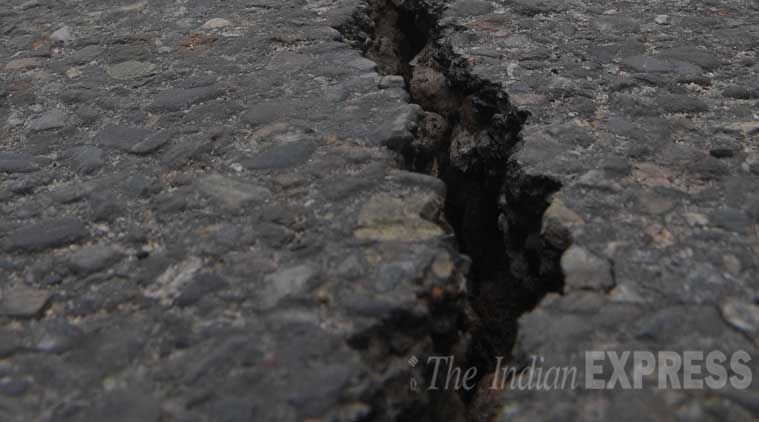With more seismometers, scientists will be able to trace earthquakes of very low magnitudes, even below 1.8, which was the lowest magnitude recorded in Rohtak four times in June.
The National Centre for Seismology (NCS) has increased monitoring in the area around Rohtak, Haryana — the epicentre of 18 out of 29 “minor” earthquakes recorded in the National Capital Region (NCR) since April.
Scientists are trying to ascertain the extent to which earthquakes are occurring in the region by installing more seismometers and computing the energy released every time the ground shakes.
With more seismometers, scientists will be able to trace earthquakes of very low magnitudes, even below 1.8, which was the lowest magnitude recorded in Rohtak four times in June.
J L Gautam, a scientist at the NCS, said, “With the occurrence of several small earthquakes in an area in a short period of time, the possibility of a larger quake is reduced.”
Rohtak is a part of the NCR and is about 80 km from India Gate in New Delhi. The Mahendragarh-Dehradun geological fault — a fracture in the rocks of the earth’s crust — runs close to the city. Gautam said it appears that the fault is currently active.
During an earthquake, the rock on one side of the fault slips with respect to the other. “A certain amount of energy is released in each earthquake, as per its magnitude, and more number of seismometers will help detect how many earthquakes are occurring around Rohtak,” he said.
Three temporary earthquake sensors or seismometers were installed around the city last week in addition to a permanent device that was already fitted, Gautam said.
But at present, the activity in the region seems to have subsided. The NCS’s web dashboard shows no earthquake has been recorded since June 30 in the region. The most recent earthquake which sent strong tremors to Delhi was of 4.7 magnitude on July 3 and had its epicentre in Alwar, Rajasthan.
“The recent quake may have been a result of one of the faults in the Aravalli range. In the case of Rohtak, the activity seems to have gone down… but this is all normal and does not indicate, or rule out, the possibility of a larger earthquake,” Gautam said.
Source: Read Full Article





